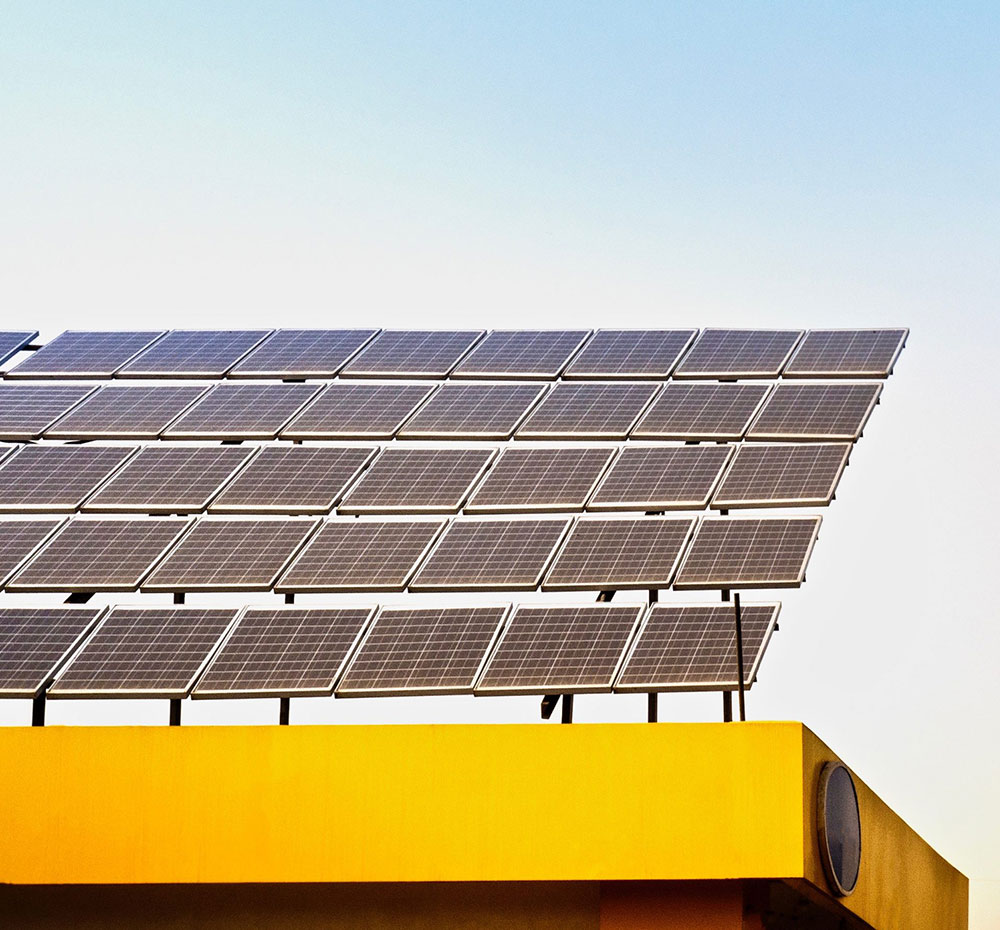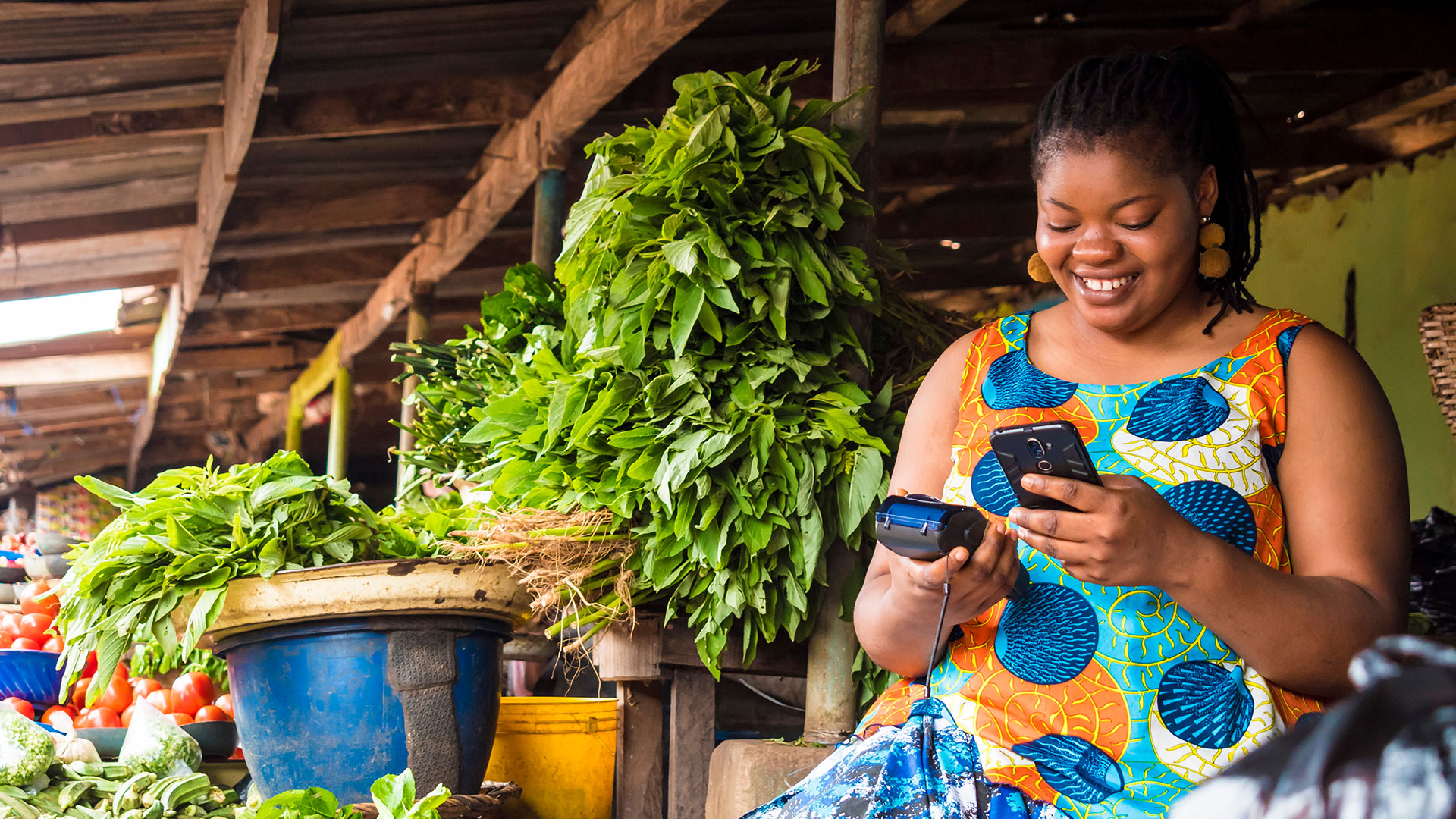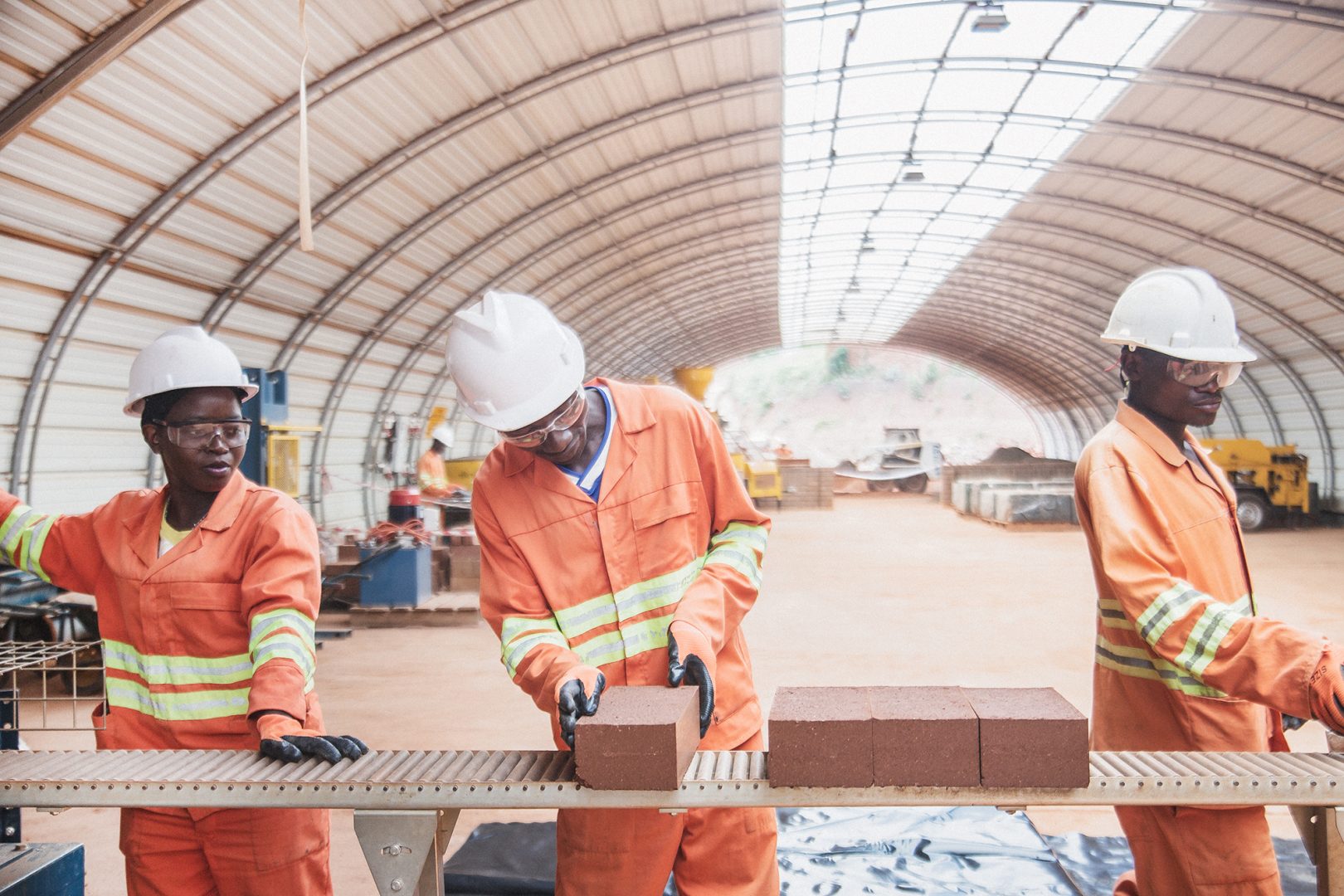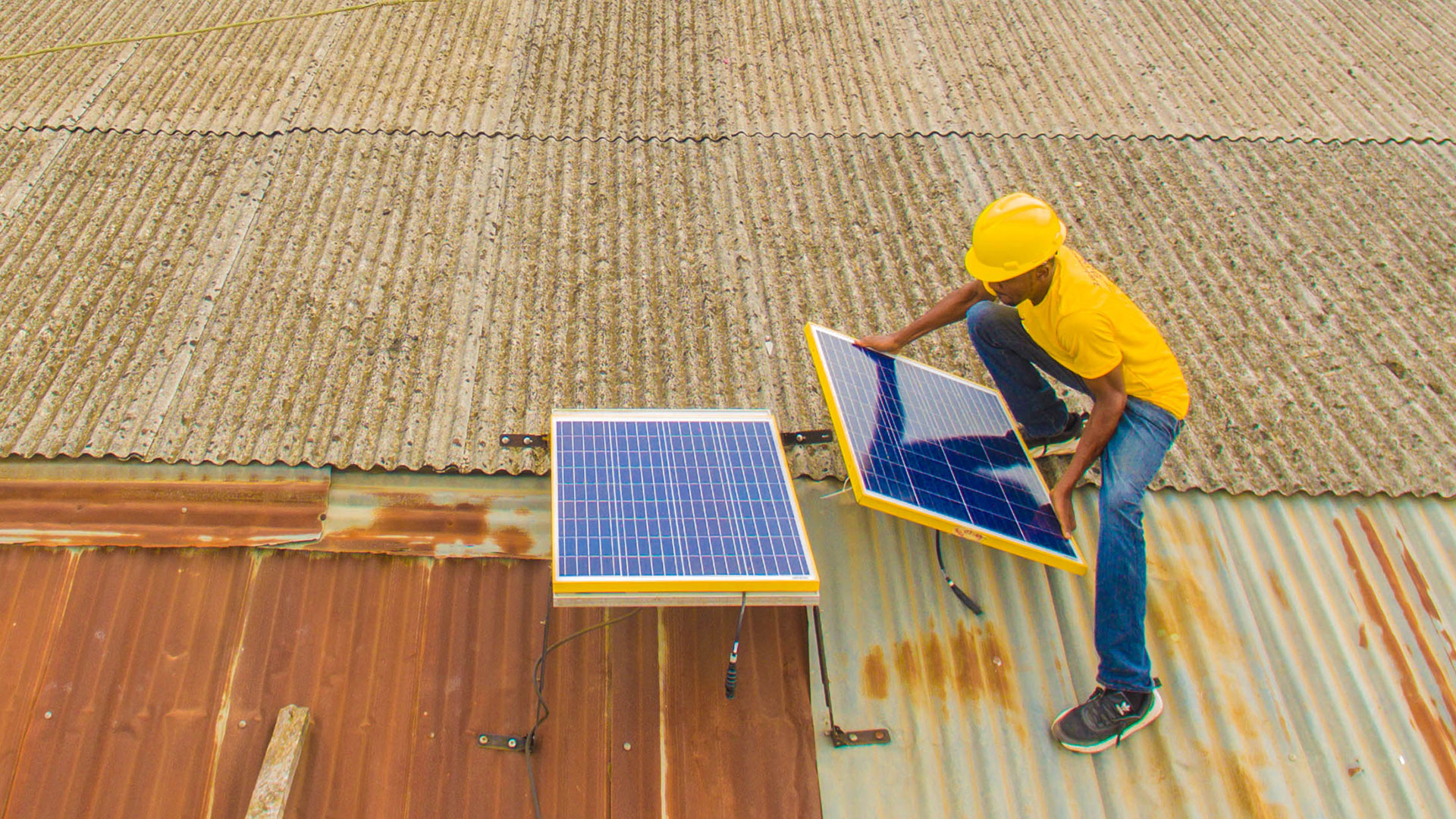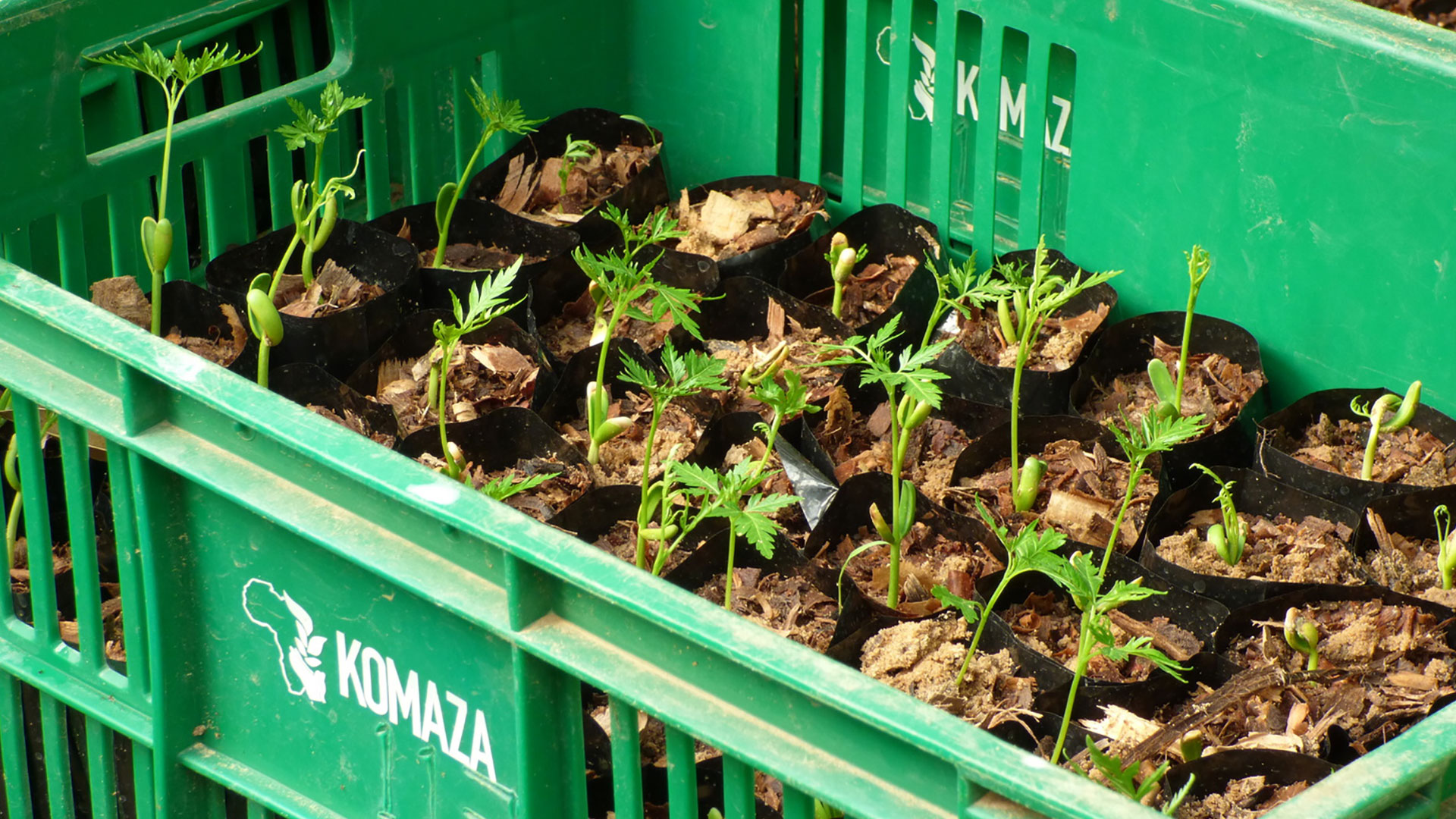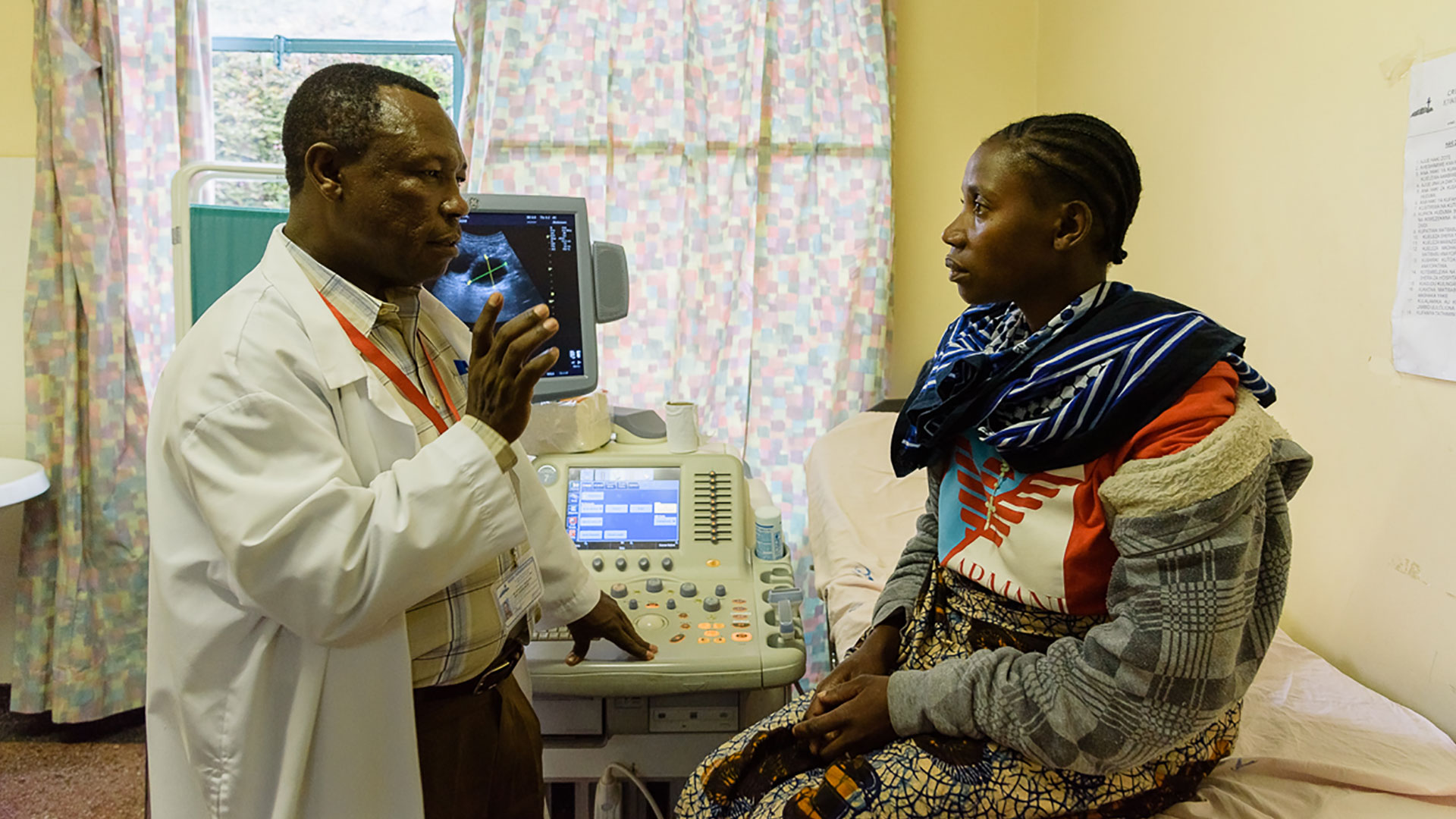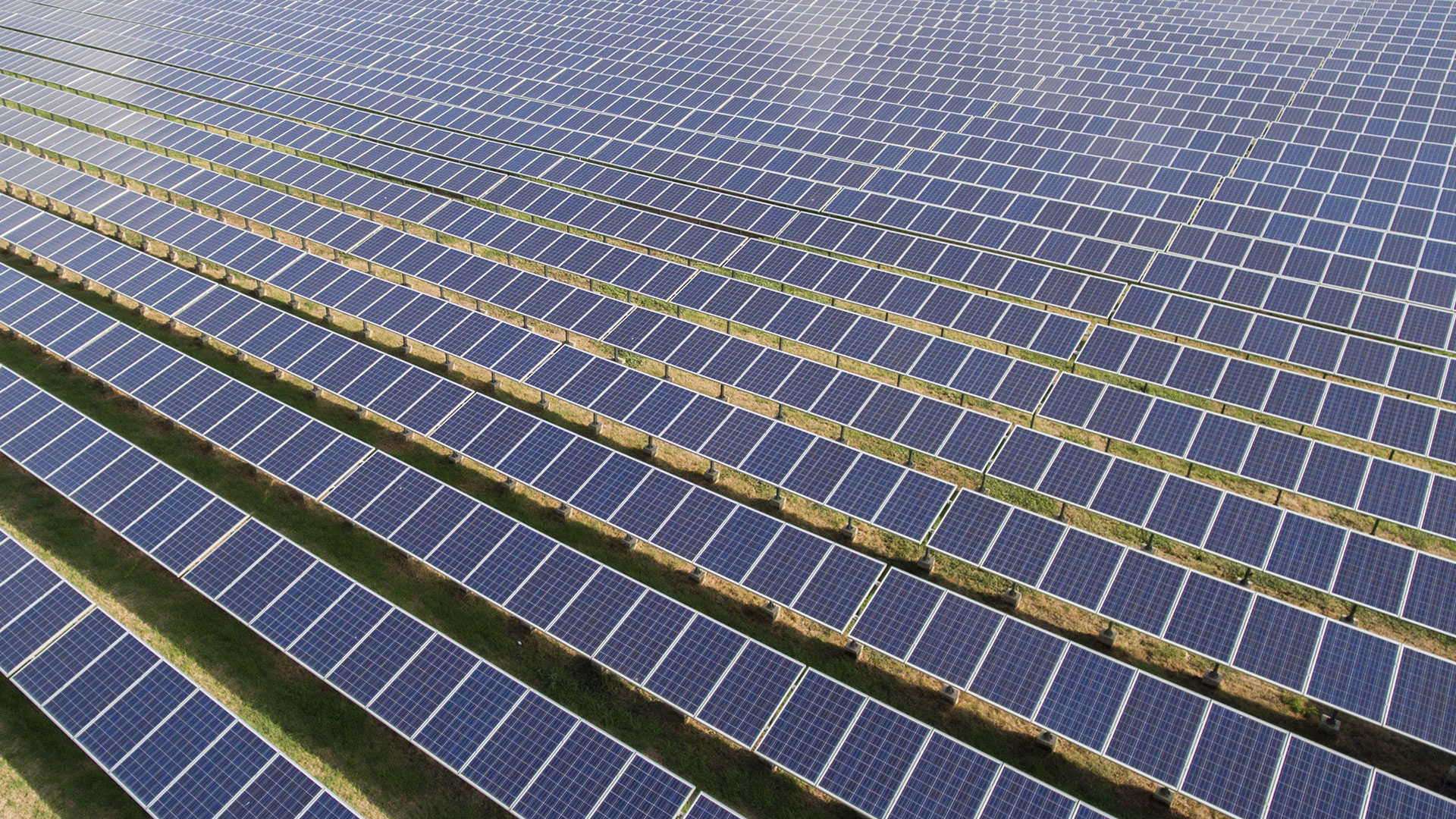
Businesses can contribute to protecting the environment by findings ways to use less water and energy, reduce waste, and increase recycling.
One example of this innovation in the commercial real-estate market is Africa Logistics Properties, which creates and manages modern logistics and industrial facilities across East Africa. Its North Logistics Park in Nairobi, Kenya, is one of only 17 warehouses in emerging markets with EDGE certification, a scheme for reducing the environmental impact of buildings. It’s a particularly apt example, because in the highly competitive commercial real-estate market, such instances of leadership in sustainable buildings are rare.
Africa Logistics Properties received its certification by putting in place several measures, including solar panels and reflective paint that reduce energy use, taps and landscaping that conserve water, and more-sustainable building materials.
As a result, the company is saving over 600 tonnes of carbon dioxide emissions a year. It also predicts savings of nearly US$16,000 a month on its utility bills, almost halving its operational costs.

-
who
Africa Logistics Properties
-
Where
Kenya
-
What
• The firm is one of only 17 EDGE-approved warehouses in emerging markets
• The company is avoiding over 600 tonnes of carbon dioxide emissions a year and predicts savings of nearly $16,000 a month on its utility bills, almost halving its operational costs
600 tonnes CO2
Africa Logistics Properties is avoiding over 600 tonnes of carbon dioxide emissions a year


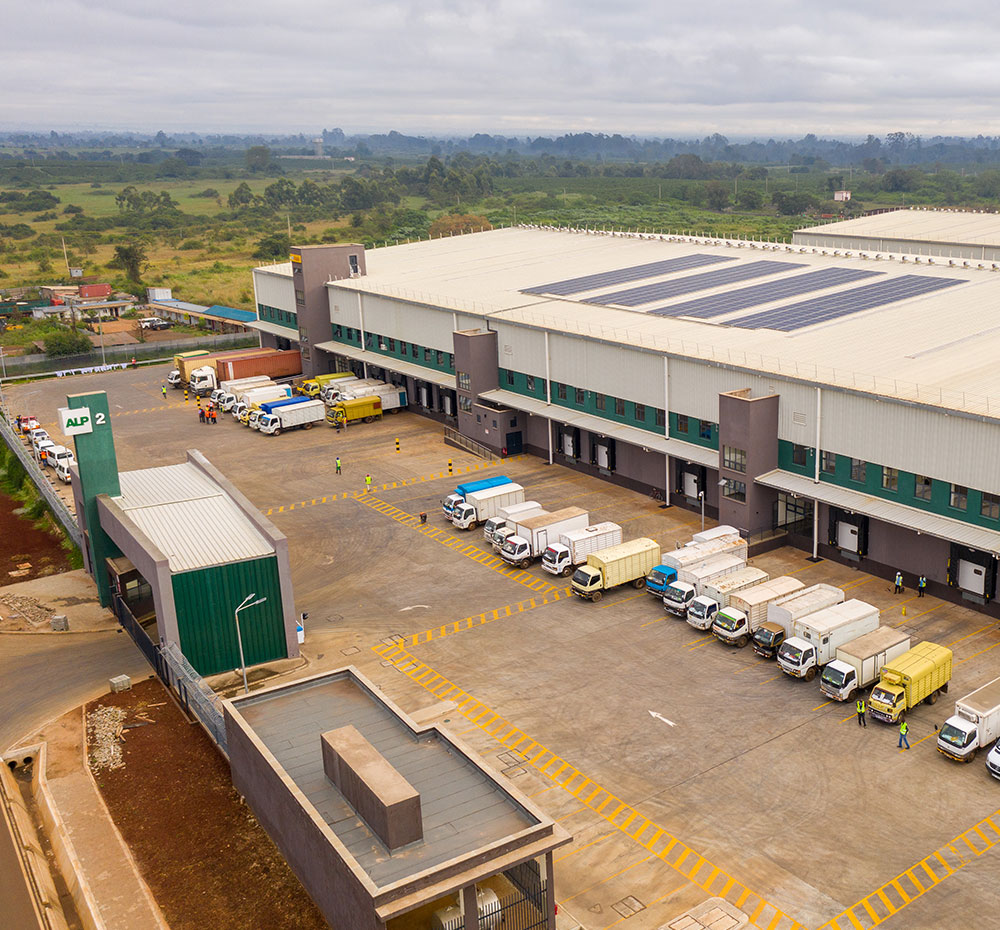
We can point to other examples of such innovation, this time in the healthcare sector. Hospitals and medical facilities use significantly more resources than the average commercial building. They need large amounts of water and energy around the clock for lighting, heating and air conditioning, as well as for sterilising equipment and rooms for medical procedures.
Narayana Health provides affordable healthcare services to lower-income patients at 21 hospitals in India, and has identified several ways to improve its use of resources and management of waste. Examples include installing low-flow devices in kitchens and providing training on how to avoid water leakages. These led to a 20 per cent reduction in water use and a 9 per cent increase in its re-use by the business in 2019. This is particularly important in India, where demand for water often outstrips supply.
The company has also installed LED lights and provided training on how to conserve energy, and together these initiatives have resulted in a 15 per cent reduction in energy use. In addition, adapting to renewable energy helped Narayana Health achieve a 30 per cent reduction in total energy costs in 2019, with one hospital using renewable energy for 92 per cent of its needs.
We work with companies across our portfolio, in a number of different sectors, to provide finance for resource-efficiency projects.
20 %
Narayana Health reduced water consumption by 20 per cent and increased water reuse by 9 per cent


